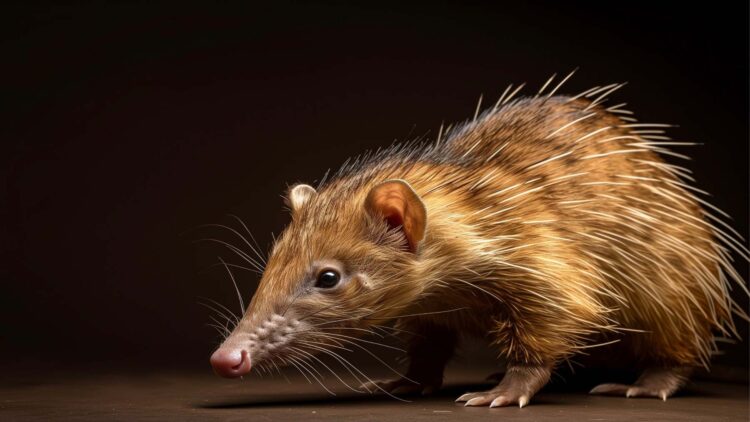When we think of prehistoric animals we think of dinosaurs, and when we think of prehistoric animals that are still around today, it is usually things like cockroaches or crocodiles that come to mind, but it is never a cute mammal that is still around nowadays. Well, it is true that there is a little mammal that many people assumed was extinct and whose line dates back over 70 million years, it is called an almiqui and it is quite hard to spot, making it the stuff of legends.
Hailing from Cuba, at least nowadays, the almiqui, officially called Solenodon cubanus, is one of the last surviving members of a mammal family that is older than most species you have heard of. It is so old that it was around at the same time as dinosaurs and its evolutionary branch that has barely changed over the centuries according to National Geographic.
While many thought that this mammal was extinct as it had not been sighted for a long time, that changed in 2003, when researchers managed to capture a live one in Cuba, confirming that this peculiar animal was not extinct after all.
The almiqui, a curious remnant of the dinosaur era
This little animal is quite curious and possesses many traits that have made scientists very interested in its existence. The Solenodontidae family, which has only a few living relatives left on Earth is already quite rare, but this specimen may be one of the rarest ones, as it has some traits that you would not expect to find in mammals nowadays but that were quite handy at he time when they became a species. The almiqui have a super flexible snout and limbs built for sneaking around at night or burrowing underground and are the embodiment of a living fossil, showing off a mix of primitive features that have somehow managed to survive while so many other creatures did not.
Just by sight they are not much to look at, measuring around 30 centimeters from nose to rear, with a tail that’s roughly the same length they are about the size of a small rabbit the almiqui look like a mix of a shrew, mole, and hedgehog with wiry fur and a long, twitchy snout. It is nocturnal, and so it does not have great eyesight, but these animals hunt thanks to their nose, and their preferred diet consists of invertebrates, larvae, and small reptiles.
All of this might be a bit strange, but it is not as if we do not have other animals that have these qualities. What truly sets the almiqui apart is that it is venomous, which in the mammal world is almost unheard of. It possesses special salivary glands that make venom, which travels down grooves in its lower incisors and uses this feature to paralyze prey or defend itself. Scientists are still trying to figure out just how potent this venom is, but nevertheless it is a very unexpected quirk.
Its discovery is not recent, as there are records of the almiqui going as far back as 1833, but given its small size, limited area of existence and nocturnal habits, it went unseen for a very long time, so much so that many thought it had become extinct. While that did not happen then, it is on the verge of happening now, as its habitat is under attack.
According to the International Union for Conservation of Nature, which has already labeled the almiqui as “endangered”, this species has a few main factors threatening their survival, habitat destruction, fragmentation, invasive predators like cats and dogs and human development, which has made the forests they live in shrink.

